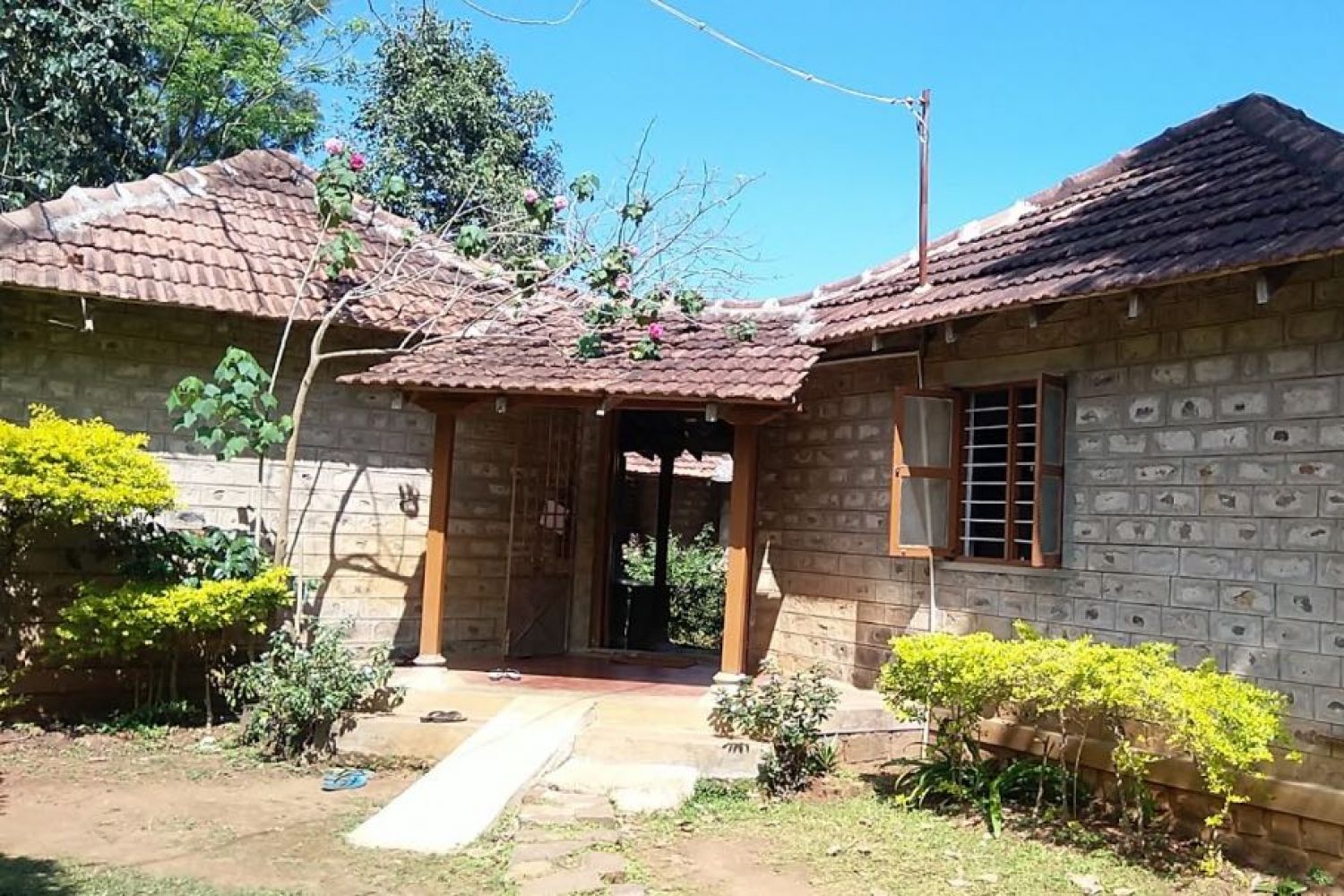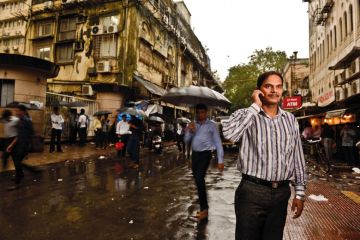
Around the time of the Janata curfew on March 22, Dr. Prashanth N. Srinivas realised that a wide swath of infection in India would eventually affect rural and far-flung areas and should be addressed at the primary healthcare centre (PHC) level. Success in stanching an infection depends on what you do in a street, a ward, panchayat or taluk, that is, in a community.At that time, (as now), research and guidelines from different sources were pouring in: the Journal of the A
Continue reading “Creating a rural COVID-19 checklist”
Read this story with a subscription.





